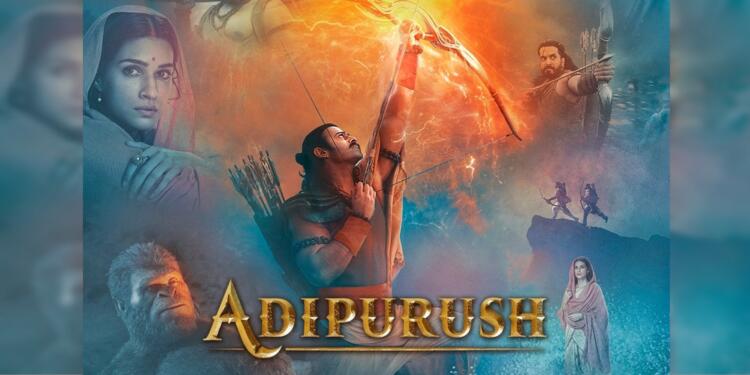Adipurush Controversy: In the world of Indian cinema, the release of any new movie typically stirs up a buzz of excitement and speculation. However, in the case of the upcoming film “Adipurush,” the hype has been met with an equally potent measure of controversy. Following a mixed response to the release of the movie’s trailers, a pertinent question arises – can we allow the audience to decide for themselves?
Following the heated discussions sparked by the film’s teaser, the release of its two trailers was met with a divided response. While some celebrated the impressive visuals and lauded it as a step up from the teaser, others continued to express their discontent, often citing reasons that could be viewed as somewhat obscure.
The Adipurush Controversy
In the midst of these discussions, it’s crucial to remember the subjective nature of film interpretation and the variety of opinions it inevitably invites. This is particularly the case for a film like “Adipurush,” which draws its narrative from the revered Ramayana, one of the two major Sanskrit epics of ancient India.
Also read: Randeep Hooda’s Transformational Acting in “Swatantrya Veer Savarkar”: A Game-Changer
A particular point of contention has arisen among those comparing “Adipurush” to the iconic 1987 television series “Ramayan” by Ramanand Sagar. While Sagar’s depiction was indeed groundbreaking for its time, we must remember that the essence of storytelling is its ability to adapt and evolve.
“Adipurush” has been created with the latest technology, aiming to introduce the epic tale to a new generation. The goal here is not to compare or compete with previous renditions, but to present the timeless narrative in a format that resonates with contemporary audiences.
Of course, the film is not without its perceived flaws. There has been criticism over the portrayal of Shri Rama’s moustachioed look, as well as various contextual perspectives. For instance, Valmiki’s Ramayana does not include the “Laxman Rekha,” and there’s no evidence to suggest that Ravana was a devotee of Lord Shiva.
However, it’s essential to note that every rendition of an epic tale is likely to take some creative liberties. The 1992 anime version of Ramayana was praised for its honest tribute to the epic’s legacy, but it too took liberties with the original story, yet, sadly, never made it to theaters.
The primary question that we need to consider in light of the “Adipurush” controversy is whether we can allow the audience to make their own judgments. Films are inherently subjective, designed to appeal to a diverse array of tastes and preferences. As such, it’s important to view them as creative interpretations rather than definitive accounts of a narrative.
Also read: “Sirf Ek Bandaa Kaafi Hai”: A Gripping Courtroom Drama Unveiling the Pursuit of Justice
Whether “Adipurush” will succeed or fail is a question that only time (and box office returns) will answer. But for now, let’s embrace the broader perspective and appreciate the film as a testament to the continuing legacy of the Ramayana, told through the lens of modern technology for a new generation to discover.
In conclusion, let’s celebrate the diversity of storytelling and grant the audience the liberty to make their own interpretations. After all, the true beauty of cinema lies in its ability to evoke a spectrum of emotions and opinions, each unique to the individual viewer. This is the same audience that made genuine movies like RRR, Kantara, The Kashmir Files etc. massive successes, and not everytime will the Pathaan trick succeed to fool the masses!
Support TFI:
Support us to strengthen the ‘Right’ ideology of cultural nationalism by purchasing the best quality garments from TFI-STORE.COM


































